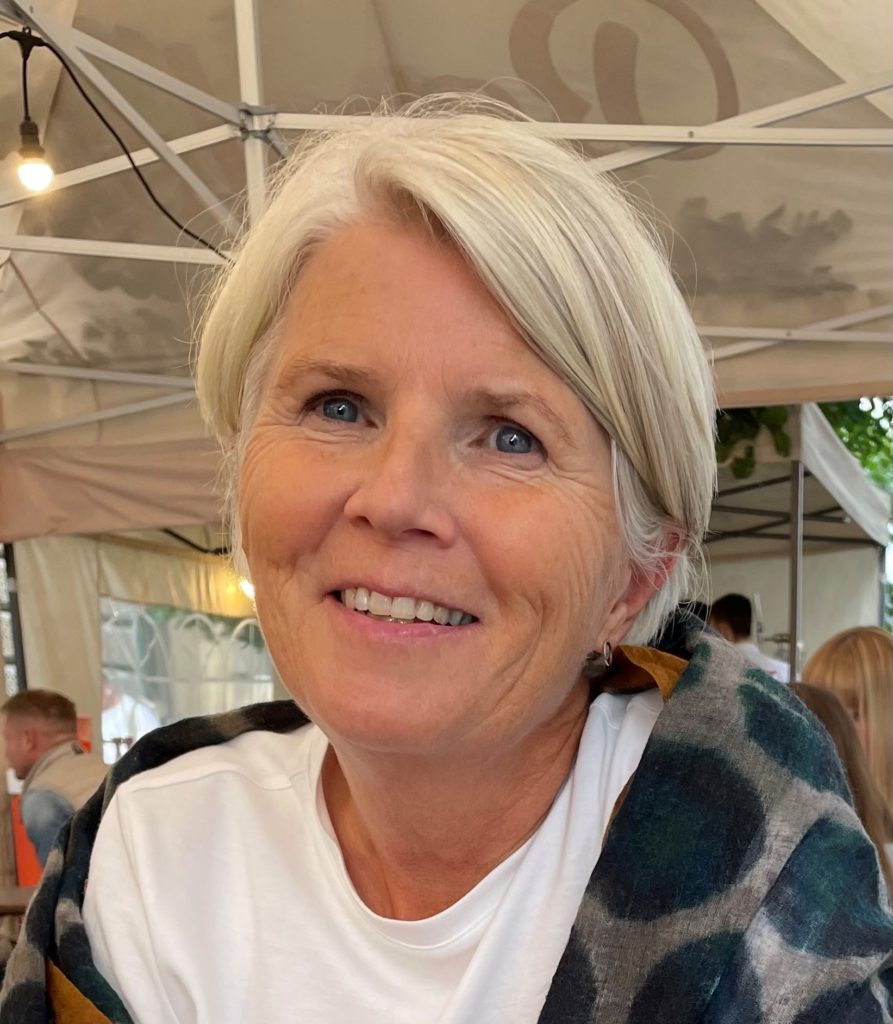
When I arrived at the beginning of September 2021, the summer was still lingering. I immediately fell in love with Crichton Campus, ‘a place to breathe’, as displayed on the welcome sign. Experiencing the beautiful parkland estate surrounding the School of Interdisciplinary Studies, the home of the End of Life Studies Group, has added an extra dimension to my three-month visit. I have enjoyed the sights of elegant houses, the green lawns and old trees on my way to and from the campus. From where I am writing these words, I can spot the River Nith as well as a garden with a conservatory that belongs to the school. The office is, indeed, a room with a view.
I know that I am fortunate. Economically supported by the University of Oslo, I have been able to use my sabbatical term to visit the Glasgow End of Life Studies Group, something that I have wanted to do for many years.
The plan for my stay was quite flexible. I wanted to go abroad to experience something different from Norway, and I wanted to practice English. I also looked forward to having some undisturbed time to read and write. But most importantly, I wanted to spend time with researchers with whom I shared a research interest in end of life, dying and death and with whom I could exchange knowledge and ideas. To actually come here and be welcomed by Naomi Richards and Marian Krawczyk has been a great experience, as have my meetings with the former director David Clark and the larger End of Life Studies Group. A two-day Death and Design workshop was very interesting and left me with lots of food for thought. Based on a talk by visiting Professor Bruce Tharp, we discussed how artifacts may engender or embody particular ideas, for instance, improving end-of-life reflections.
Another way to reflect on dying and death is through literature. My book companion during the last weeks of my stay has been a new novel (2021) by the Icelandic author Jón Kalman Stefánsson. A simple search revealed that this novel has not been translated into English. I have read the Norwegian translation with the title ‘Your Absence is Darkness’. The novel is set in contemporary Iceland, with the pandemic mentioned a few times. In the opening scene, the nameless storyteller finds himself in a nearly empty church. Behind him, a man is looking scornfully at him. Who is the man? And who is the storyteller? He, the storyteller, doesn’t remember his name or anything from his life. Outside the church, he meets a woman who seems to know him, and from here on, a wonderful, touching and intense family saga unfolds.
In a review of another of Stefansson’s books (Summer Light, and Then Comes the Night), Anne Foley describes how the author frames the characters in ‘existential dichotomies: modernity versus the past, mystical versus rational, destiny versus coincidence.’ The new novel repeats the same frames, where the mystical and existential exist in everyday life and where death is never far away. I look forward to discussing the book with my reading group back home in Norway.
Beside discussing the qualities and content of the book, the novel may help us to talk about and reflect upon our own future dying. Perhaps we agree with Stefánsson that “what we don’t understand makes the world bigger.” Finally, for those interested in music, one of the characters in the book creates a range of playlists, including the Death Playlist, which can be found at the end of the book.


how about the next project ?